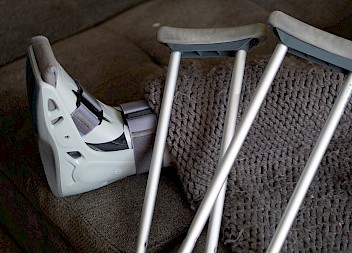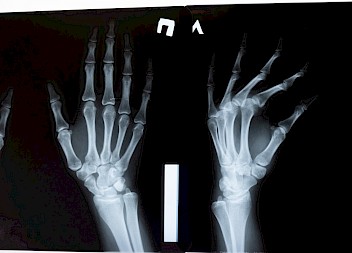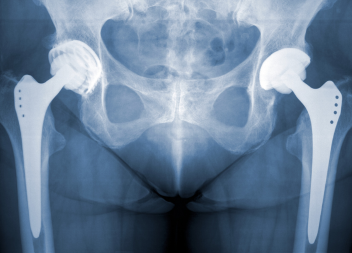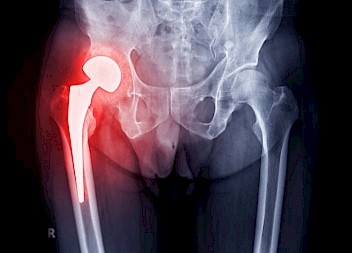A 45-year-old lady was awarded £131,423.68 out-of-court settlement following surgery to treat her displaced clavicle in January 2016. The operation known as an open reduction and internal fixation was negligently carried out. As a result she underwent five additional surgeries. She was left with permanent reduced function to her right dominant arm.
At the time of this surgery this lady was 41 years old. She injured her right dominant shoulder when she fell down the stairs at home on 16 January 2016.
She attended her GP surgery on the 22 January 2016. The GP referred her to the Accident and Emergency department that same day at the defendant hospital. An x-ray of her shoulder was taken which showed a displaced comminuted fracture. She was given painkillers and the collar and cuff and made an appointment to be seen at the fracture clinic on 25 January 2016.
She was given a date for surgery of the 29 January 2016. She signed a form of consent for an open reduction and internal fixation of the lateral end of her displaced clavicle. However, in fact the surgery performed, was not only involved inserting a plate to the lateral clavicle, but also across the acromioclavicular joint ( at the top of the shoulder) and onto the top of the acromion ( the roof of the shoulder).
The day after surgery she complained of pain in her right shoulder. She continued to complain of this pain until discharge from hospital on the 10th of February 2016. She saw her GP the day after her discharge from hospital and complained of the pain and that it felt as if the plate fitted was too big.
On the 22nd February 2016 she attended the orthopaedic outpatient clinic for examination. It was noted that the plates underneath her skin was prominent. It was noted that she found moving her elbow uncomfortable. A further x-ray carried out on 16 March 2016 showed the plate to be prominent and that the skin was tenting. The fracture remained unhealed.
She sought a second opinion at another hospital from an orthopaedic surgeon on 22 March 2016. She was advised that the fracture would not heal in its current position and that she would need to undergo further surgery.
On the 16th May 2016 she underwent revision surgery to fix the fracture with tight ropes and wiring as the acromioclavicular joint remained fractured. She continued to suffer with pain in her right shoulder and so underwent further surgery on 13 January 2017 to remove the offending plate. Subsequently she suffered an infection to the joint and required surgery to debride the wound on 9 April 2017.
The case was brought on the basis that there was an inadequate failure to adequately reduce and fix the fracture at the initial operation causing the fracture to fail to heal. Liability was denied. After exchange of witness evidence, liability was admitted. The defendants sought to argue that such a repair even if appropriately carried out, carried a high risk of failure.
The claimant was only able to recover about 75% of her former function to her shoulder. She underwent five additional procedures to treat the fracture and developed infection which led to osteomyelitis. She continued to suffer with ongoing pain to her right shoulder down into her arm. She was also left with permanent scarring in the shape of a “ V” , with each branch of the V measuring 8 cm.
She was left requiring help with domestic activities.
Her award of £131,423.68 was broken down as follows:
-
Pain, suffering and loss of amenity: £ 30,328.54
-
Past financial losses of some £21,400.
-
Future losses, including loss of earnings, care needed etc) : £86,500
There was a discount allowed for the litigation risks relating to risk that the procedure if appropriately performed had a risk of failure in any event.












